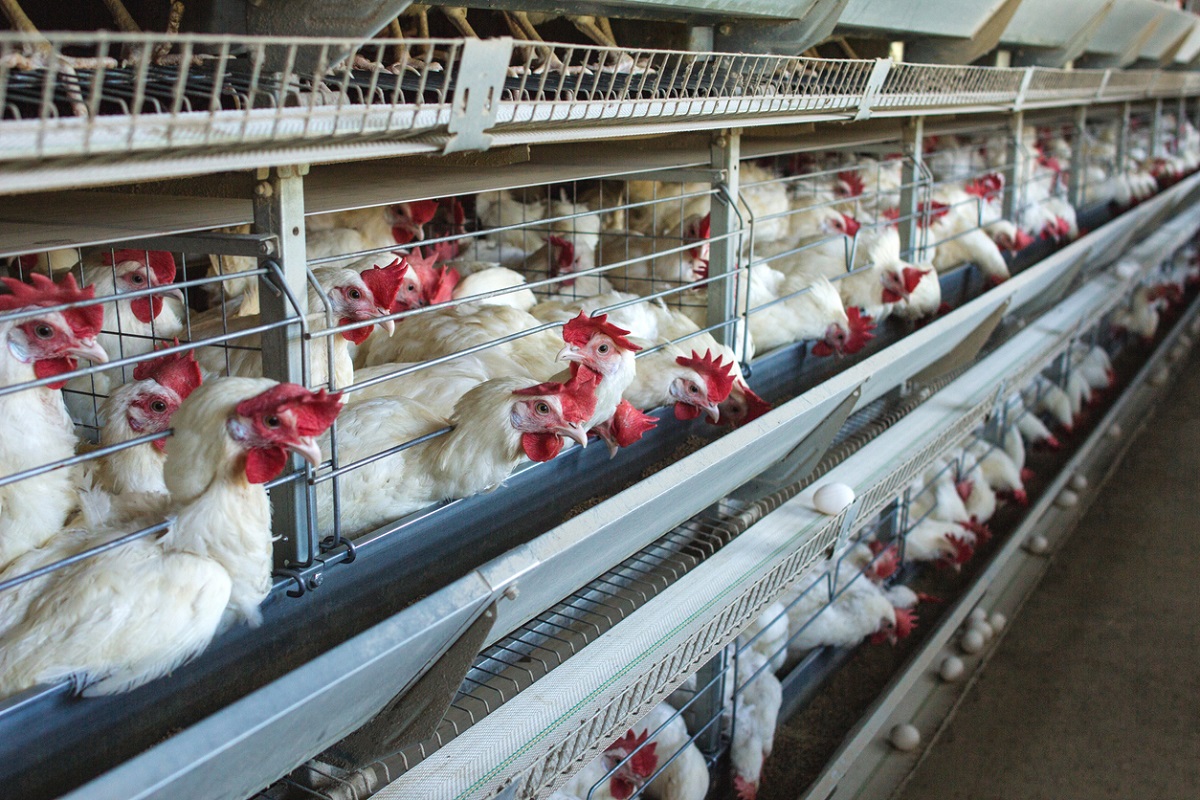Japan’s bird flu cases surge in January
Japan is experiencing a surge of avian influenza outbreaks, with approximately five million chickens and other birds culled across five prefectures this month.
As many as 1.3 crore live broiler birds are sold each day in India in addition to 20 crore eggs. Going by poultry industry figures, consumption of chicken and meat has dropped by 40 per cent in the afflicted states.

(Representational Image: iStock)
The menu is less than agreeable and the irony is bitter. While no link need be drawn between coronavirus and bird flu, yet coinciding with the declining graph on Covid-19 in different parts of the country, there are distressing reports on the avian affliction in as many as nine states and a Union Territory ~ Kerala, Rajasthan, Madhya Pradesh, Himachal Pradesh, Haryana, Gujarat, Uttar Pradesh, Maharashtra, Uttarakhand and Delhi.
Thus far there has been little or no attempt to contain the spread, far less to effect a prognosis. Birds, particularly the crow and the sparrow, are dropping dead as are chickens and ducks. In the net, the prices of broiler chicken and eggs ~ the consumption of both increases during winter ~ have crashed, to the detriment of the burgeoning poultry industry and the seller.
Advertisement
As many as 1.3 crore live broiler birds are sold each day in India in addition to 20 crore eggs. Going by poultry industry figures, consumption of chicken and meat has dropped by 40 per cent in the afflicted states.
Advertisement
It bears recall that there had been a similar collapse of the poultry market last January in the midst of rumours about poultry products, notably chicken meat, facing the risk of Covid-19. Birds in poultry farms are generally isolated; the danger of their contracting the virus from “foreign avian species” is said to be low. This time around, the deaths of crows, pigeons, ducks, egrets/ herons, peacocks and other wild or migratory birds has been attributed to avian influenza.
Only reports from Pharbani in Maharashtra and Barwala in Haryana have confirmed the deaths of poultry birds. In Pharbani, the casualties include “freerange backyard” hens. In organised poultry farms, the deaths have occurred in Barwala, a centre for the production of eggs in its 120-odd farms.
The carriers of the avian flu virus are believed to be largely migratory birds from Siberia and other cold regions from where they fly over to India between November and February to escape the harsh winters. They settle temporarily near waterbodies in India. It is from these waterbodies, albeit declining amidst the real estate boom, that these birds contract the virus.
But these would be free-living birds, and not the ones reared in poultries. There is a sharp distinction here between the perceived safety of poultry farms and the free-flying variety. That said, both the governments of the states that have been affected and the poultry industry need to get to the bottom of the crisis that confronts winged creatures. The bird must be saved, not merely for the dining table but in the interest of Nature in the larger canvas.
Advertisement